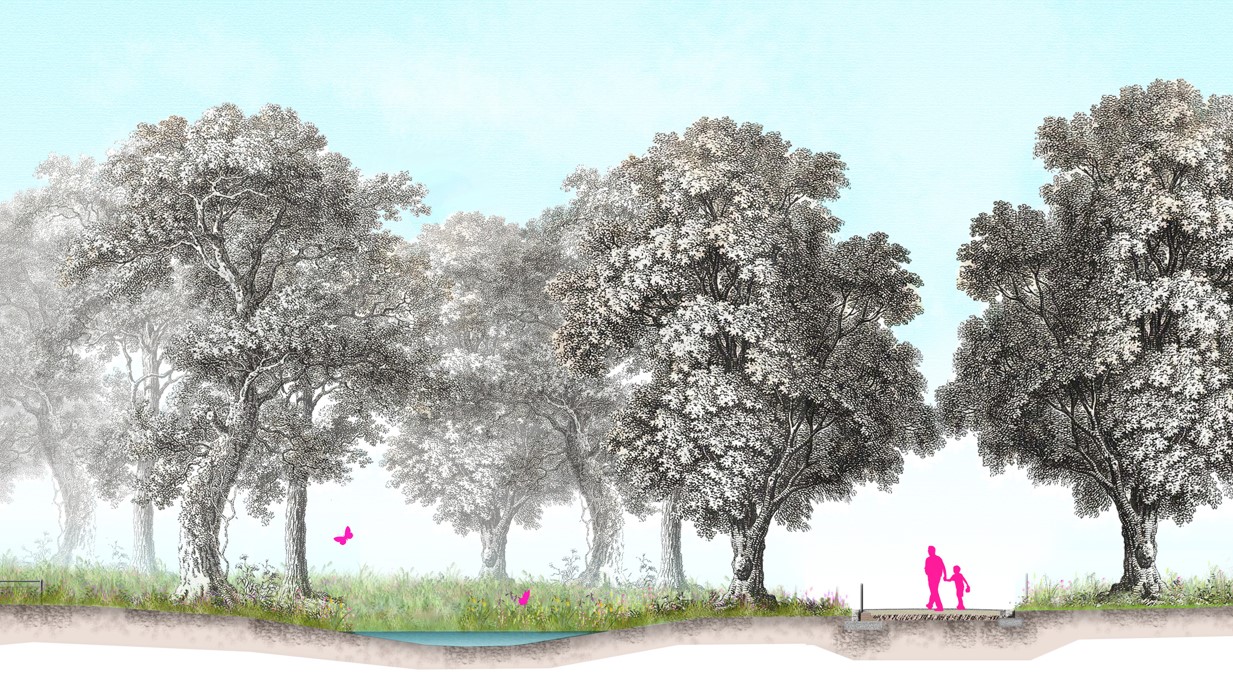Plymouth’s Central Park is set for yet more investment over the next 18 months.
The park, which since 2017 has benefitted from a range of new facilities and upgrades, will now benefit from an extra £3 million.
The money will go towards the third phase of park improvements, including a network of ponds and features to capture rainwater near the pond at the Barn Park Road entrance.
The plans, recently revised and resubmitted for planning permission, show brand new ponds with new plants and vegetation. A swale - a shallow ditch to capture water run-off – will also be added to allow nature to help reduce localised flooding and form part of a Sustainable Drainage System.
Also in the plans are repairs to drains and paths as well as the addition of a number of new trees near Pounds House to help contribute to improved air quality and increase biodiversity in the park.
Councillor Patrick Nicholson said: “I make no secret of the fact that I am very passionate about Central Park and I’m immensely proud of the work that has been done so far.
“This next stage of improvements will help to further improve the park as a destination for people to visit and make it even more attractive to organisations hoping to hold events.
“I look forward to the projects progressing and welcoming yet more people to our flagship green space.”
Planning permission for the sustainable urban drainage system was initially approved in July 2020, but has now been improved to benefit wildlife and give the scheme a more natural aesthetic, while also addressing some comments received during the consultation for the first planning application.
In the initial design gabions, metal cages filled with rock, were used but they have now been omitted in favour of vegetated walls planted with wildflower seed mixes.
In addition, the design of fences has changed to be more complementary to the park and the shape and level of the ponds adjusted to store a larger volume of water.
It also improves the environment for wildlife and aims to increase biodiversity, safeguard historic and ecologically important trees, and create opportunities for education and engagement to learn about water and wildlife.
